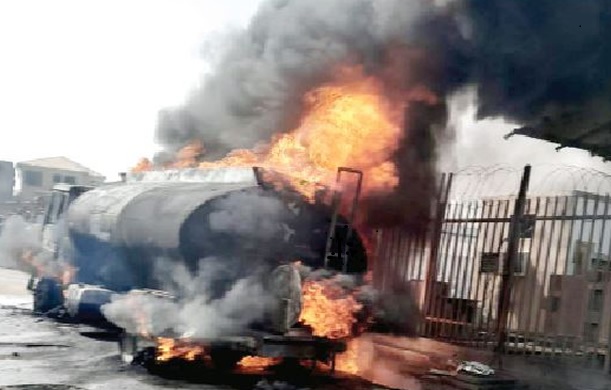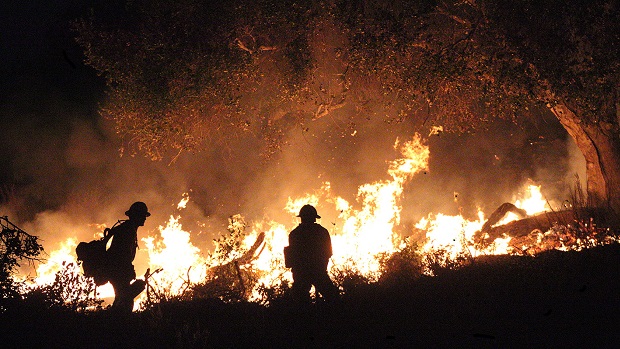The Hughes Fire in Los Angeles has emerged as a significant environmental disaster, burning over 5,000 acres and remaining uncontained due to relentless strong winds. This wildfire epitomizes the increasing frequency and intensity of wildfires in California, exacerbated by climate change, urban development, and sustainable land management practices.
The rapid expansion of the Hughes Fire highlights the dire consequences of dry conditions and powerful winds, which can fan flames and facilitate the rapid spread of fire across diverse terrains.
The proximity of the fire to residential areas raises critical concerns about safety and property loss. Evacuations have become necessary as local authorities strive to protect lives and minimize damage.
The inherent unpredictability of wildfires presents a challenge for firefighting teams, who must continuously adapt their strategies in response to changing weather conditions.
Moreover, the Hughes Fire serves as a reminder of the broader implications of climate change. Global warming contributes to prolonged drought periods and fluctuating weather patterns, creating an environment conducive to wildfires.
Policymakers must respond with effective measures, such as improved land-use planning, forest management, and investment in firefighting resources.
Increased community awareness and preparedness are also essential, as residents play a crucial role in early detection and reporting of wildfires.
the Hughes Fire in LA underscores the urgent need for comprehensive action to address the factors contributing to the rise of wildfires in California.
As communities confront the challenges posed by these ferocious blazes, it is imperative to prioritize sustainable policies and practices that mitigate the risk of future wildfires, safeguard homes, and protect the natural environment.
Without concerted efforts, wildfires may continue to threaten not only the land but also the lives and livelihoods of those living in their path.



